The Realities of Renovation
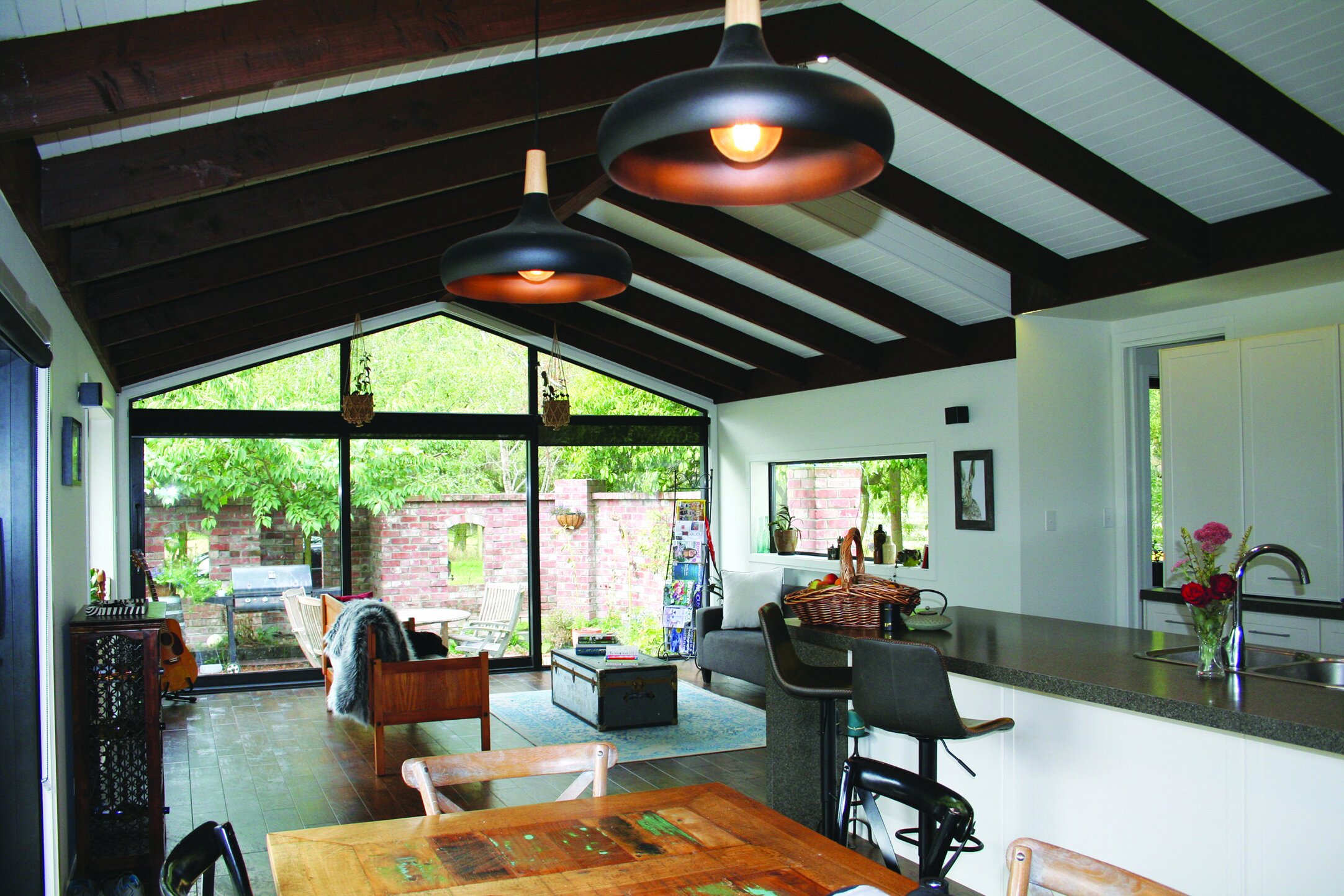
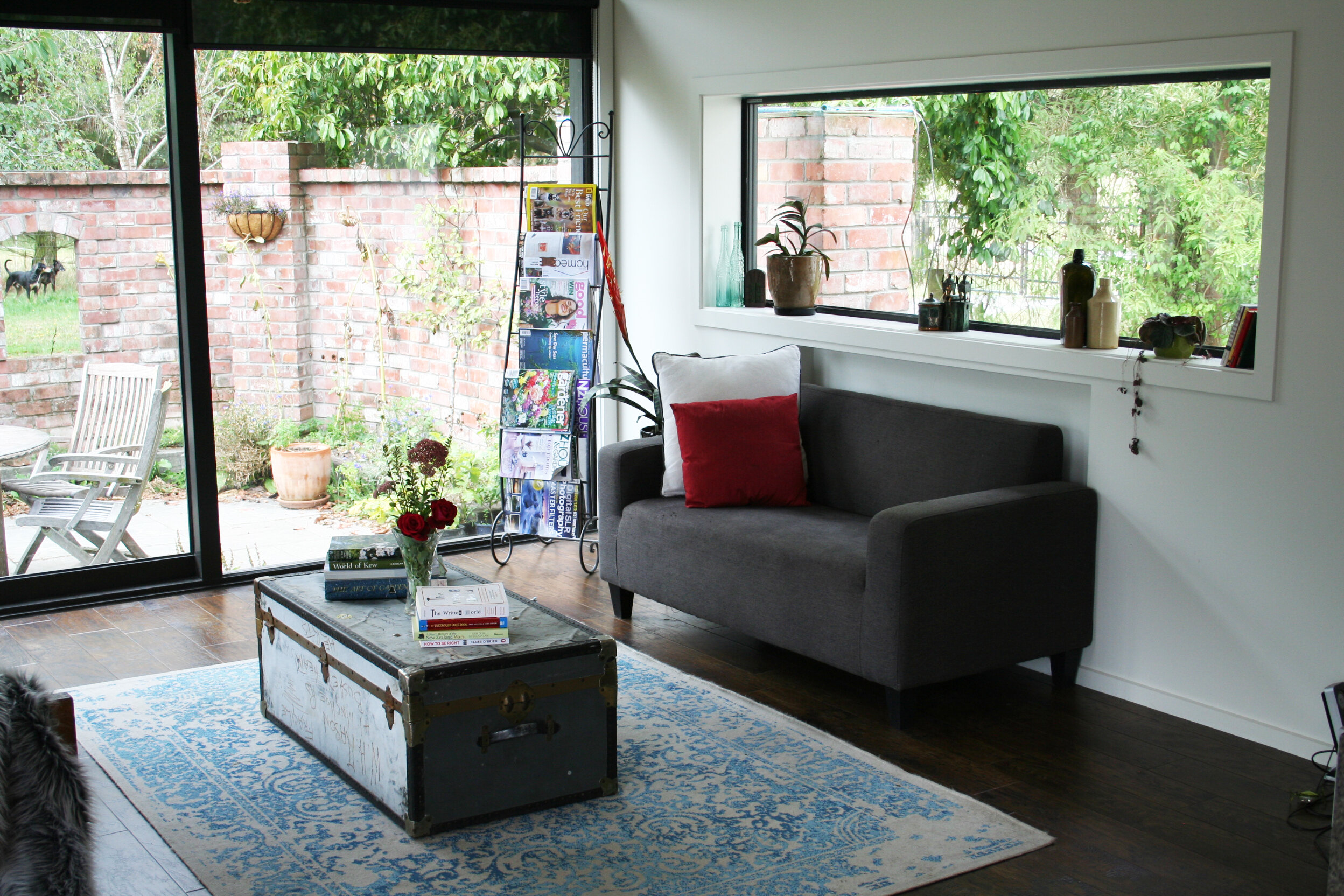
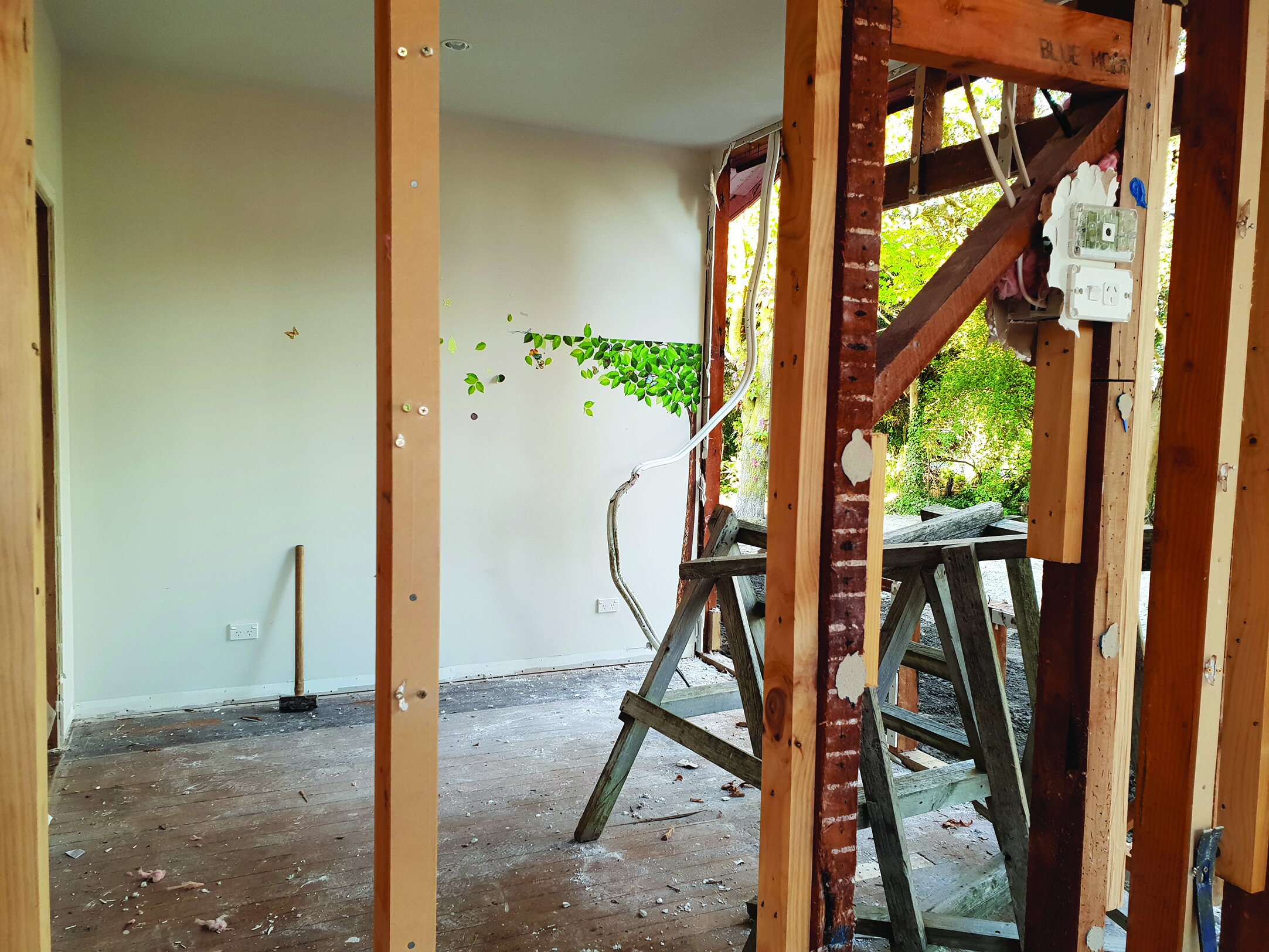
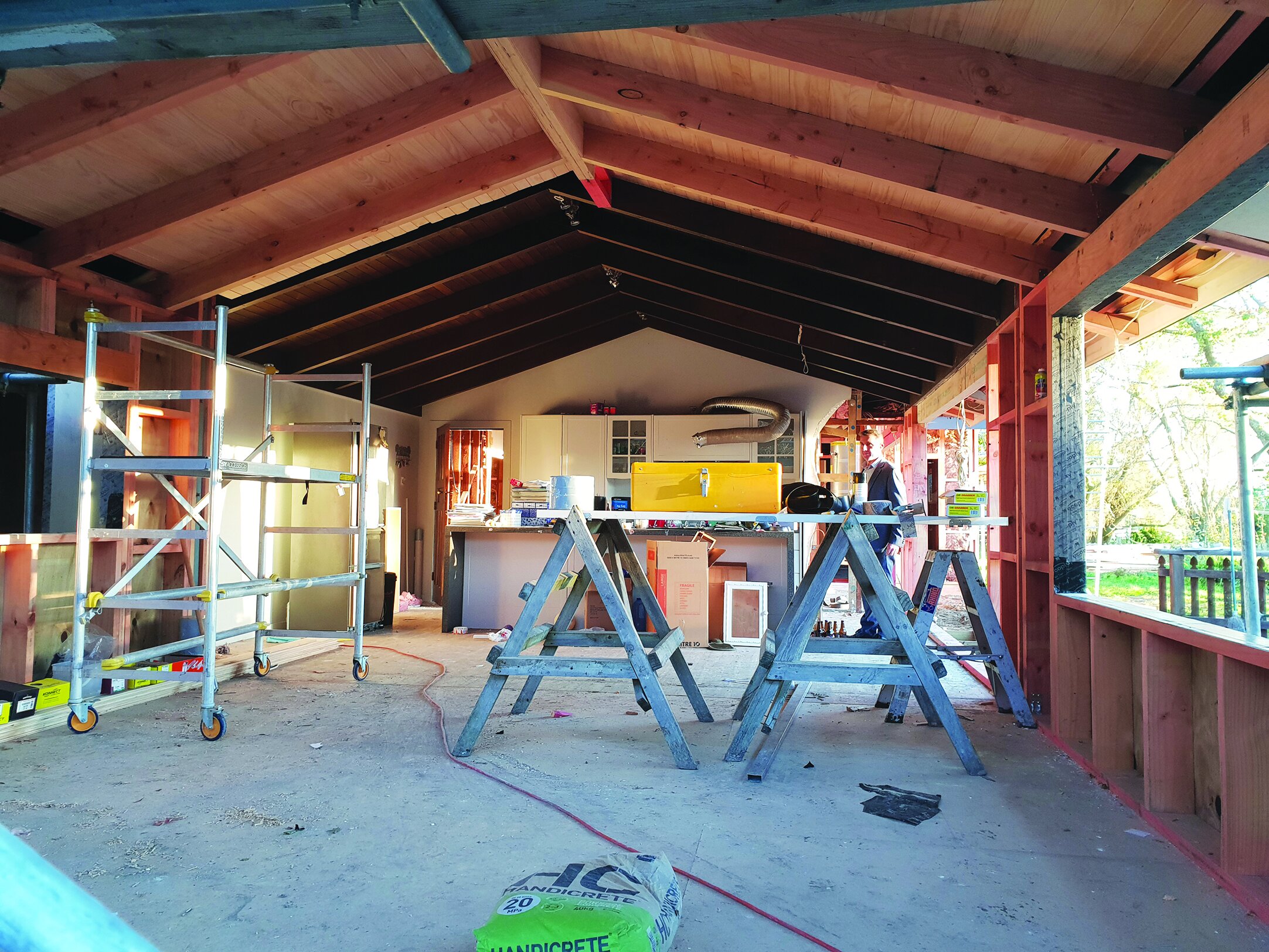
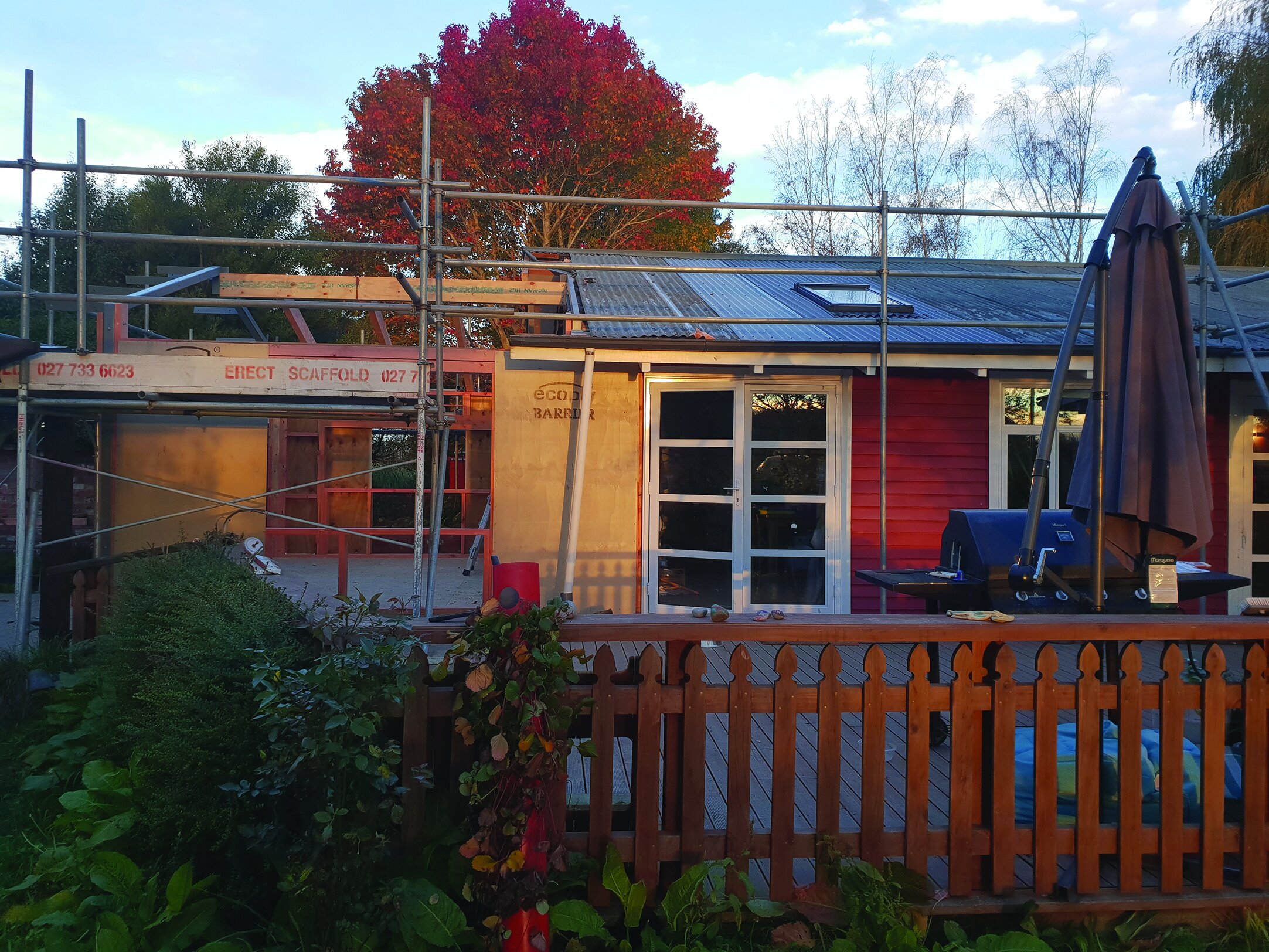

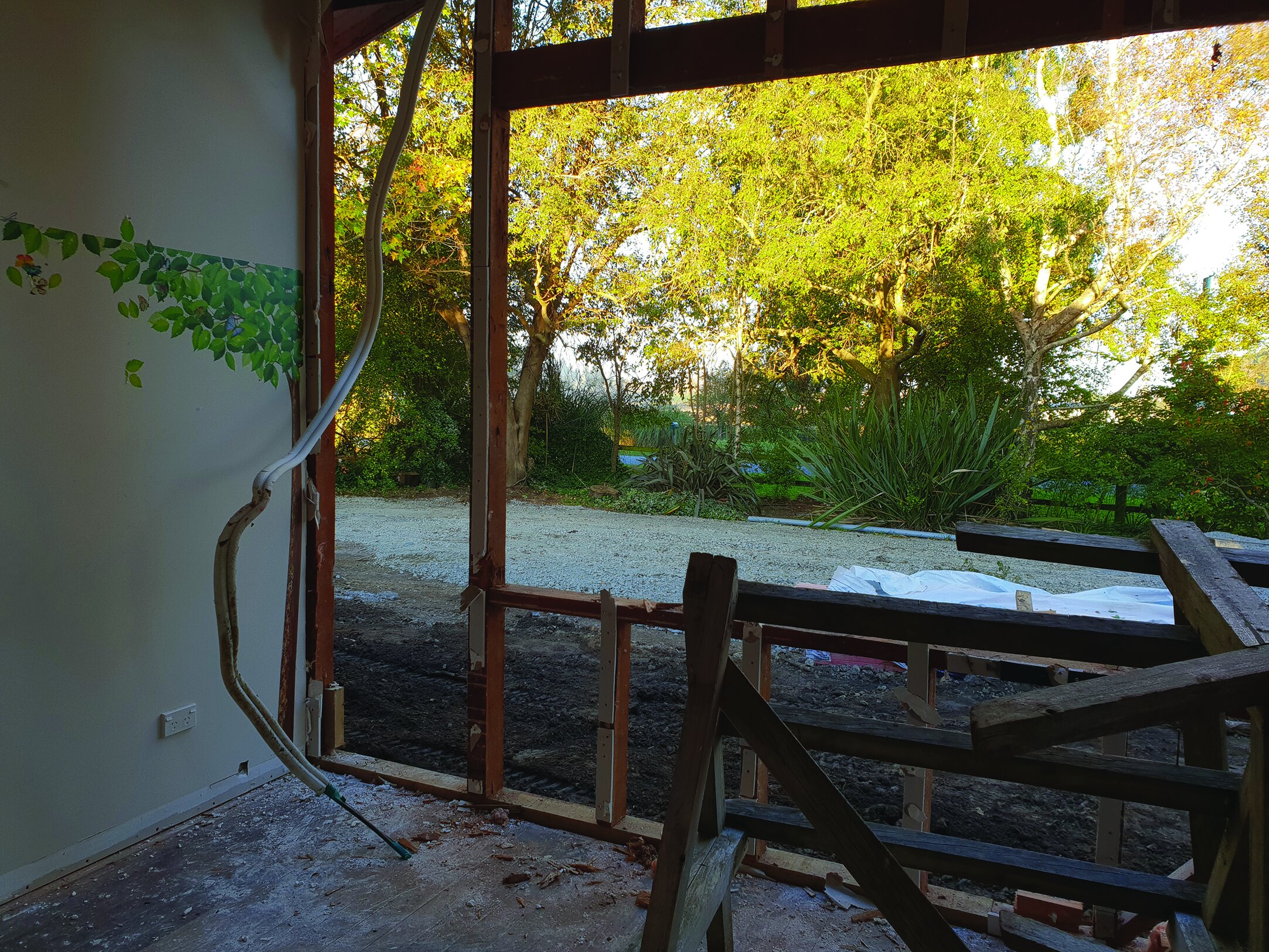
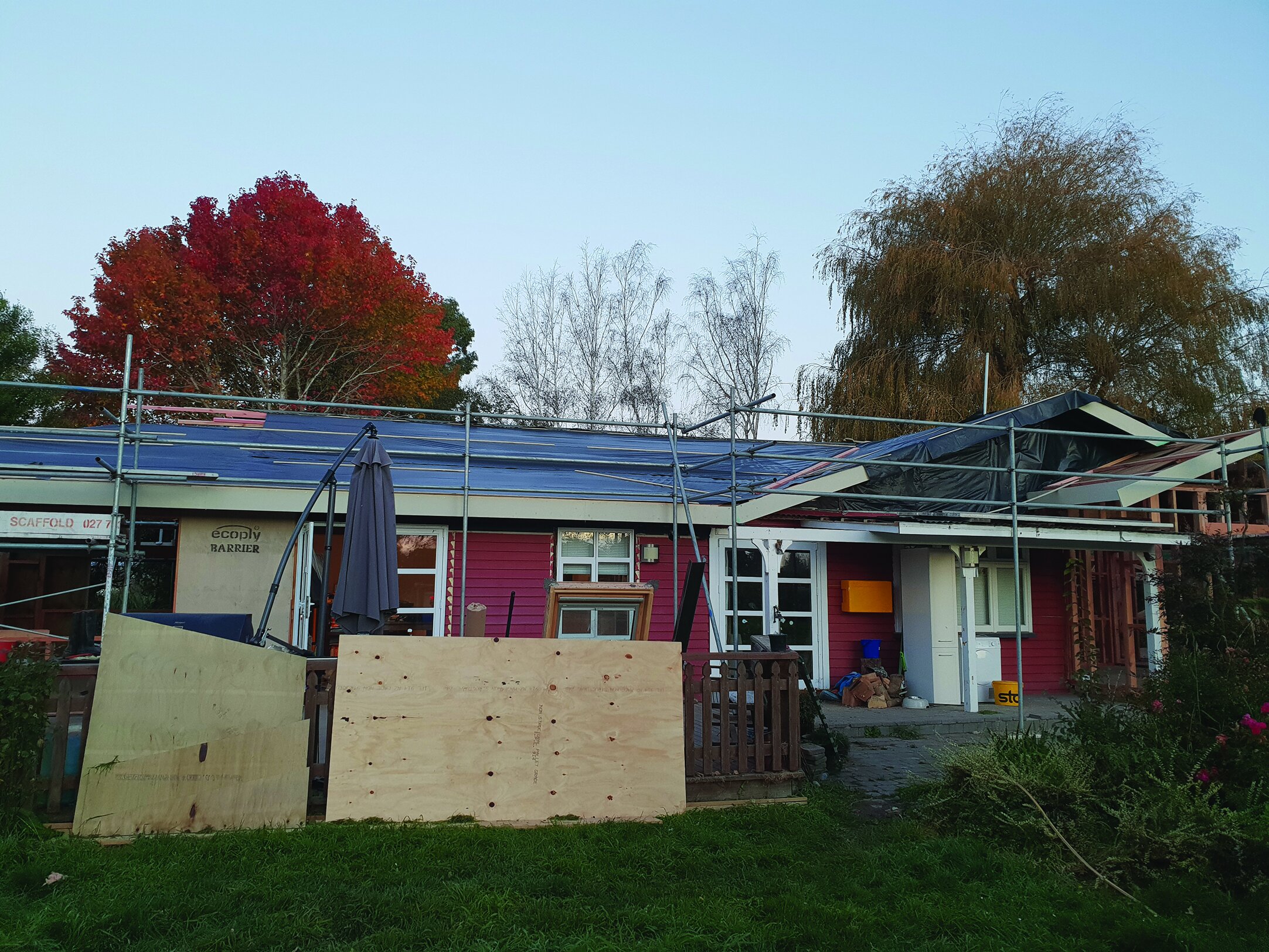

There’s no end of advice on renovating your home. Be prepared, be organised, have a budget, maintain good communications with all your contractors, remember that old houses can uncover some nasty surprises.
Words: Pattie Pegler
But the problem is - it’s a bit like having a baby. You can read all the advice in the world, but you don’t realise what it’s like until you’re in the thick of it.
We decided to renovate our 3-bedroom, weatherboard house for many reasons. There were rooms leading onto rooms, the living room was a thoroughfare, half the windows were rotting in their wooden frames, the wiring was ancient, insulation was patchy and it was hard to heat. So the plan was to extend the kitchen/dining area and reuse the existing floorspace to create a better flow and add in a laundry and study.
We found an architect to help with plans and went with a builder that a friend had recommended. Once the builders were on-site, thing started to move fast and it was exciting to see walls coming down.
But it was also stressful as time went on and we learnt a few lessons. That advice you see everywhere about being prepared – turns out that’s pretty important. We should have had everything packed up and cleared out of the house sooner. It would have been good if we’d already chosen the style of certain fixtures and fittings instead of having to make decisions quickly with builders already on site.
And don’t be afraid to ask questions either during the planning phase or the building itself. Some things might not seem logical to you or you might wonder if something can be achieved a different way – just ask. Your architect and builder know their business, but sometimes a question can throw up other possibilities that you weren’t aware of.
Finally, no matter how big your budget, it’s probably never enough. Once you start delving into the world of interior décor – the sky is the limit and you’re always going to want that beautiful granite counter-top or those brushed nickel look bathroom fittings. It’s easy to get caught up in the marketing so try to be really pragmatic about what actually matters to you and balance out those more expensive items by perhaps cutting down elsewhere.
It took just under four months for our house to be ready to live in again. We spent some time staying with generous friends and some time camping in the garage – in mid-winter (more poor planning). It was stressful and uncomfortable and the invoices were eye-watering.
But the final result is a home we really love and much like having a baby the less appealing parts of the process are soon forgotten.
Tips to Prep for Your Reno
Sure plans are important but there are also some practical steps that it’s well worth thinking about ahead of time.
Organise storage for your furniture and other belongings. Got a friend with a shed? Or a large garage? If not think about hiring a storage unit or if you’ve got the space, a shipping container.
Salvage and sell where possible. If you’re getting rid of old leadlight windows or things that people can reuse then then put them on TradeMe and you might make a little cash back on them and save some space in landfill. We sold some old windows and doors and it was good to see them get reused.
To stay or not to stay? If you’re doing a large scale reno you’re most likely going to have to move out entirely. You can ask friends and family (but if they’ve already given up their shed to your belongings they might be getting a bit tired of you asking for favours), look for a nearby rental or if it’s summertime you might be able to get the tent up. But either way – plan ahead.
Pet accommodation. If you’ve got pets and are moving out think about where they are going to stay. Try for a pet friendly rental or hit up some animal loving friends. If all else fails book them into a kennels but if it’s summer time make sure you do this well in advance.
